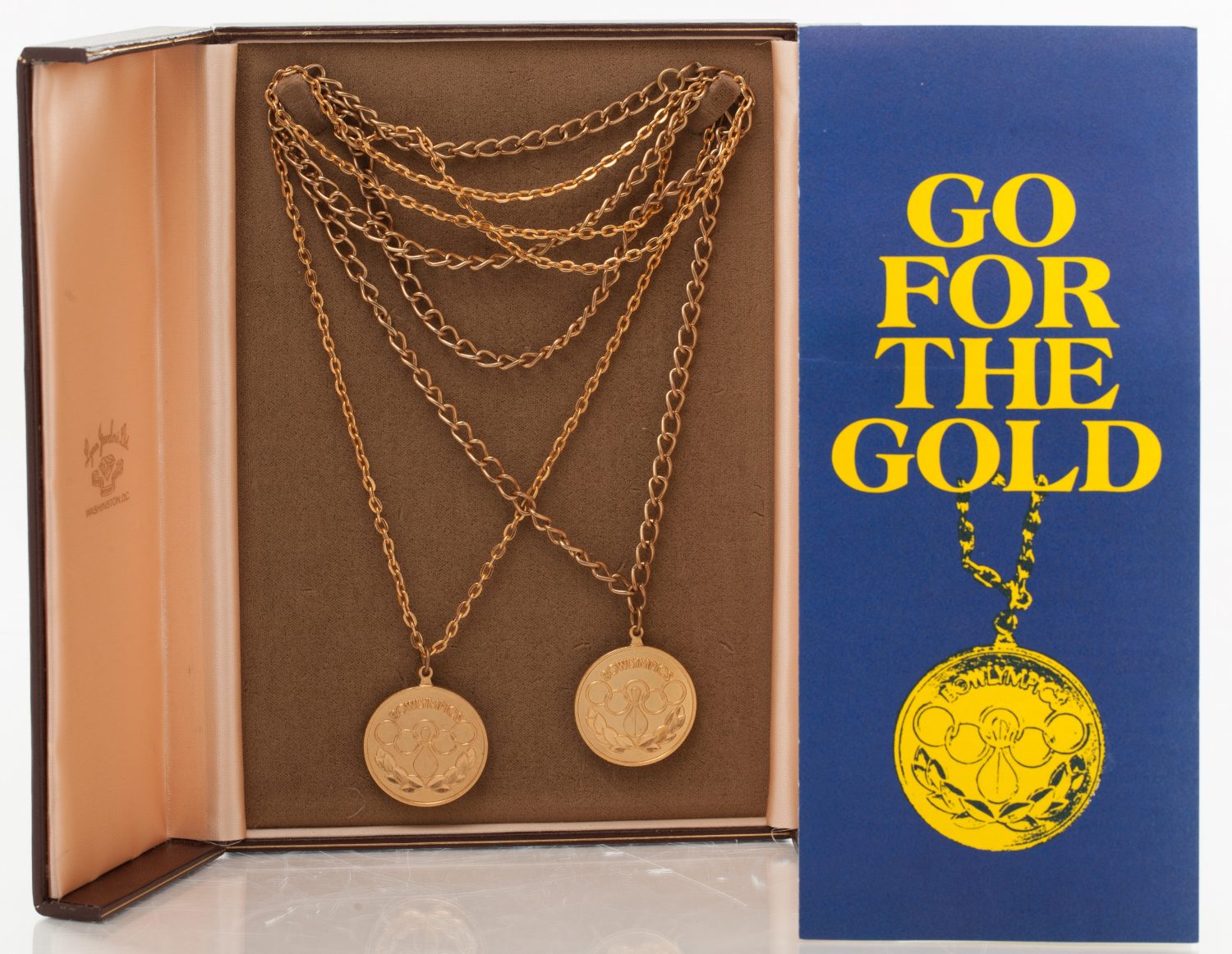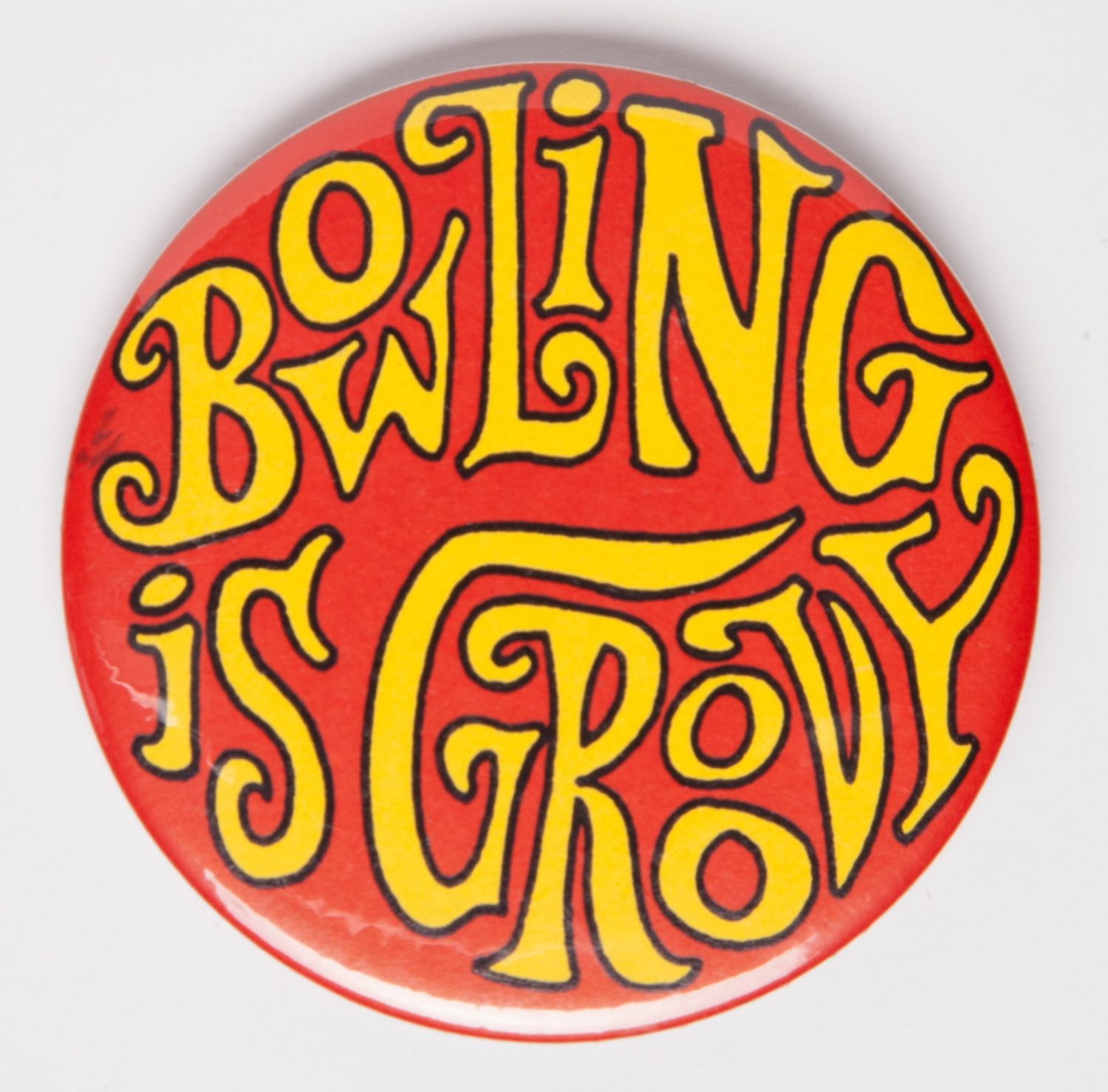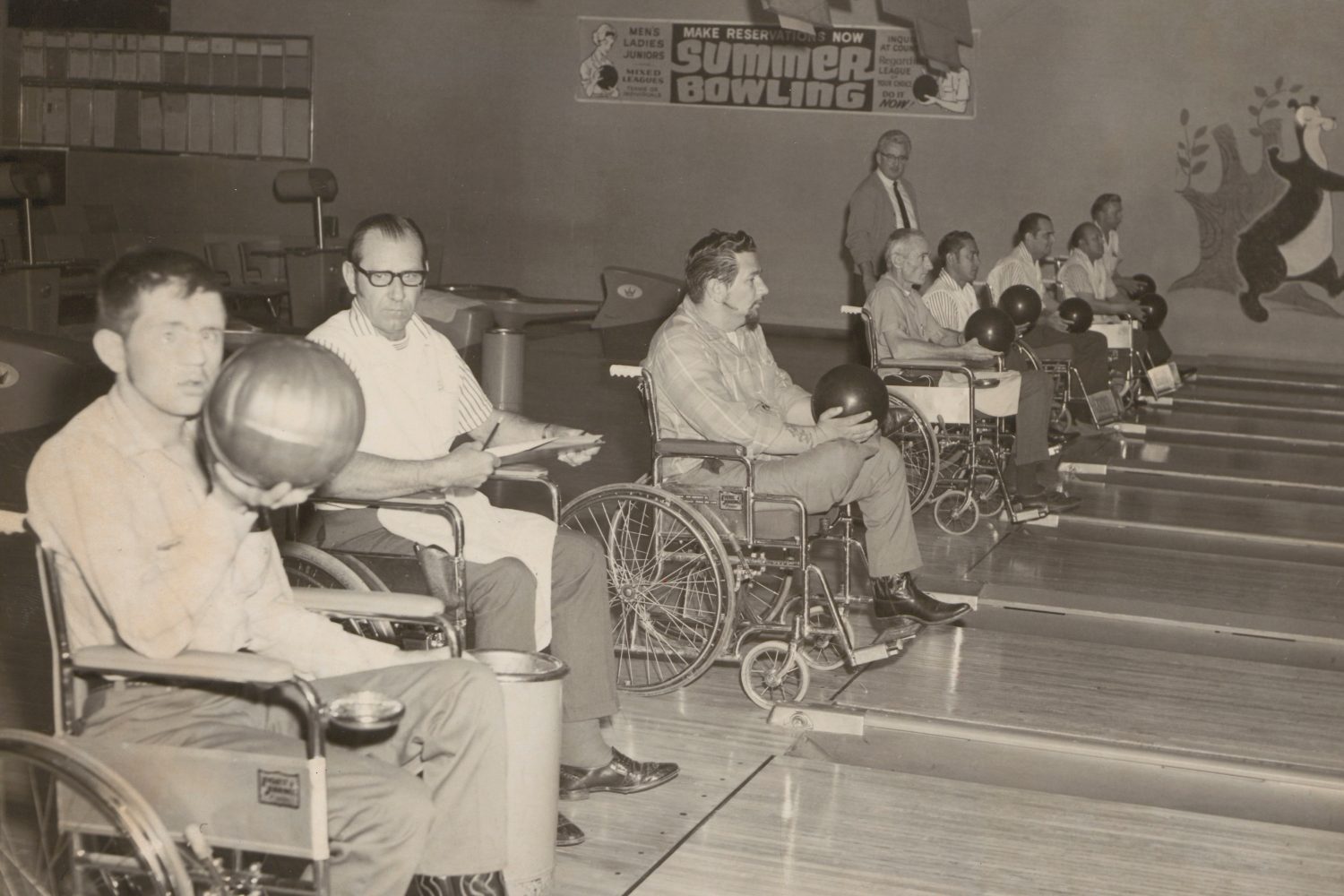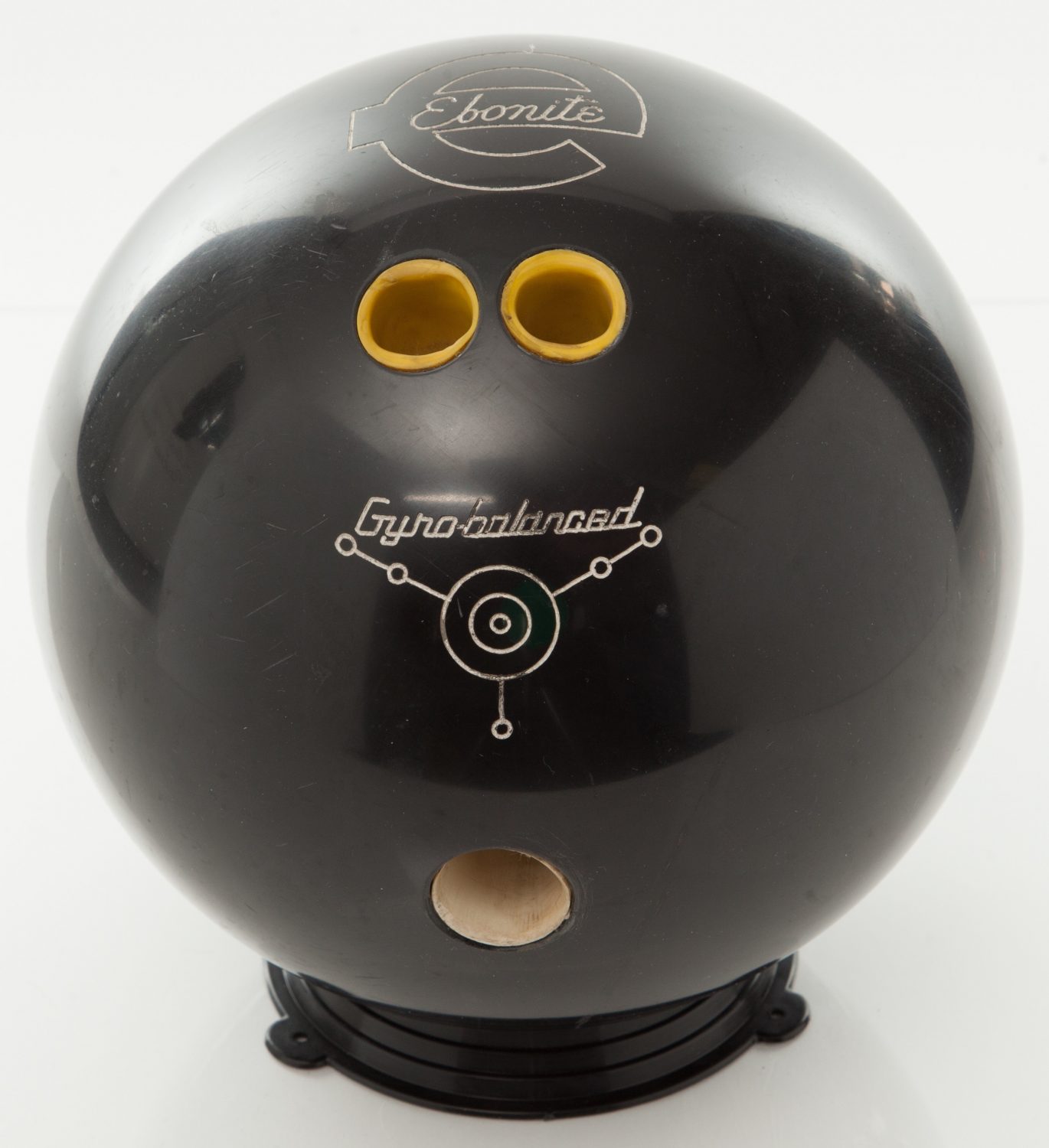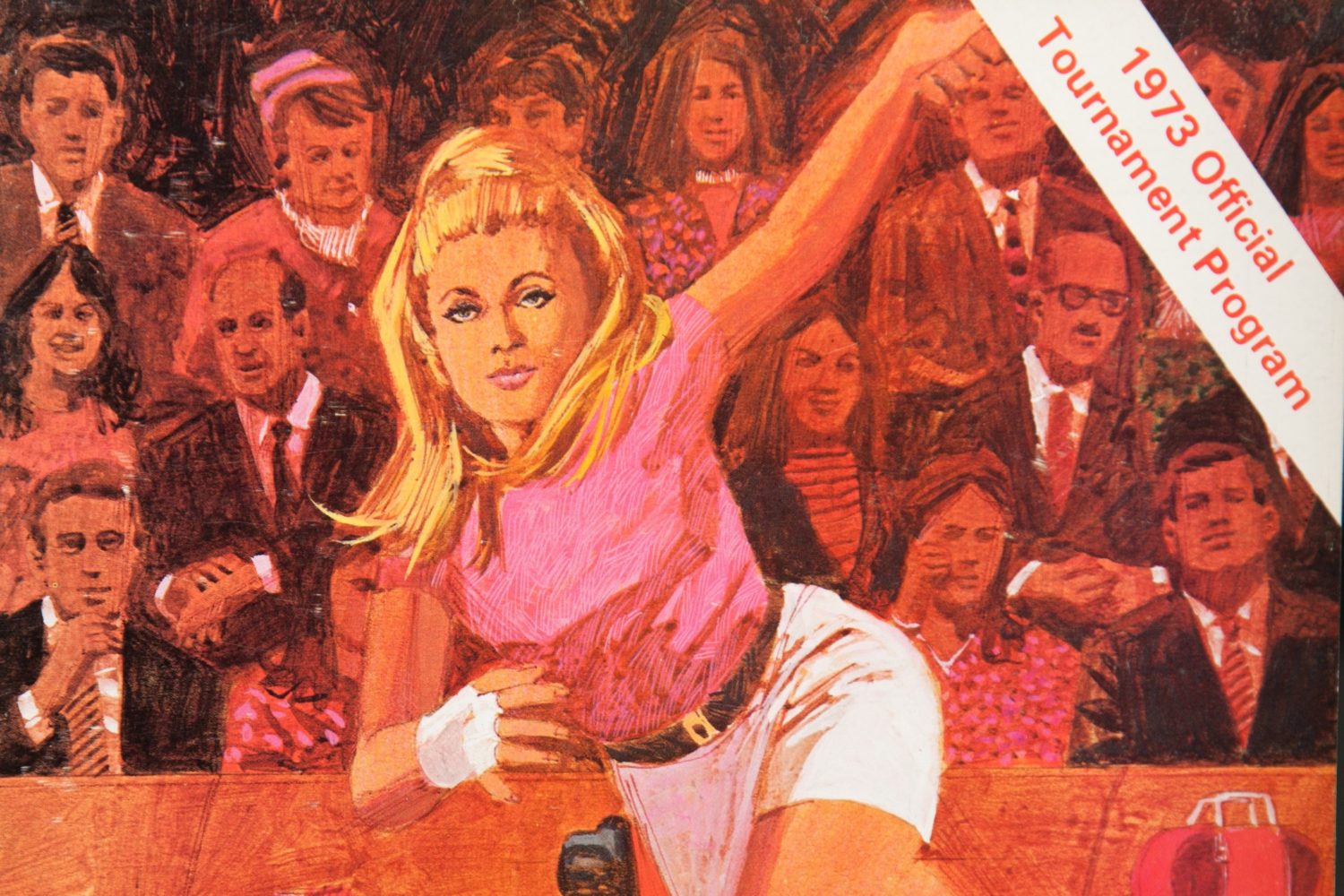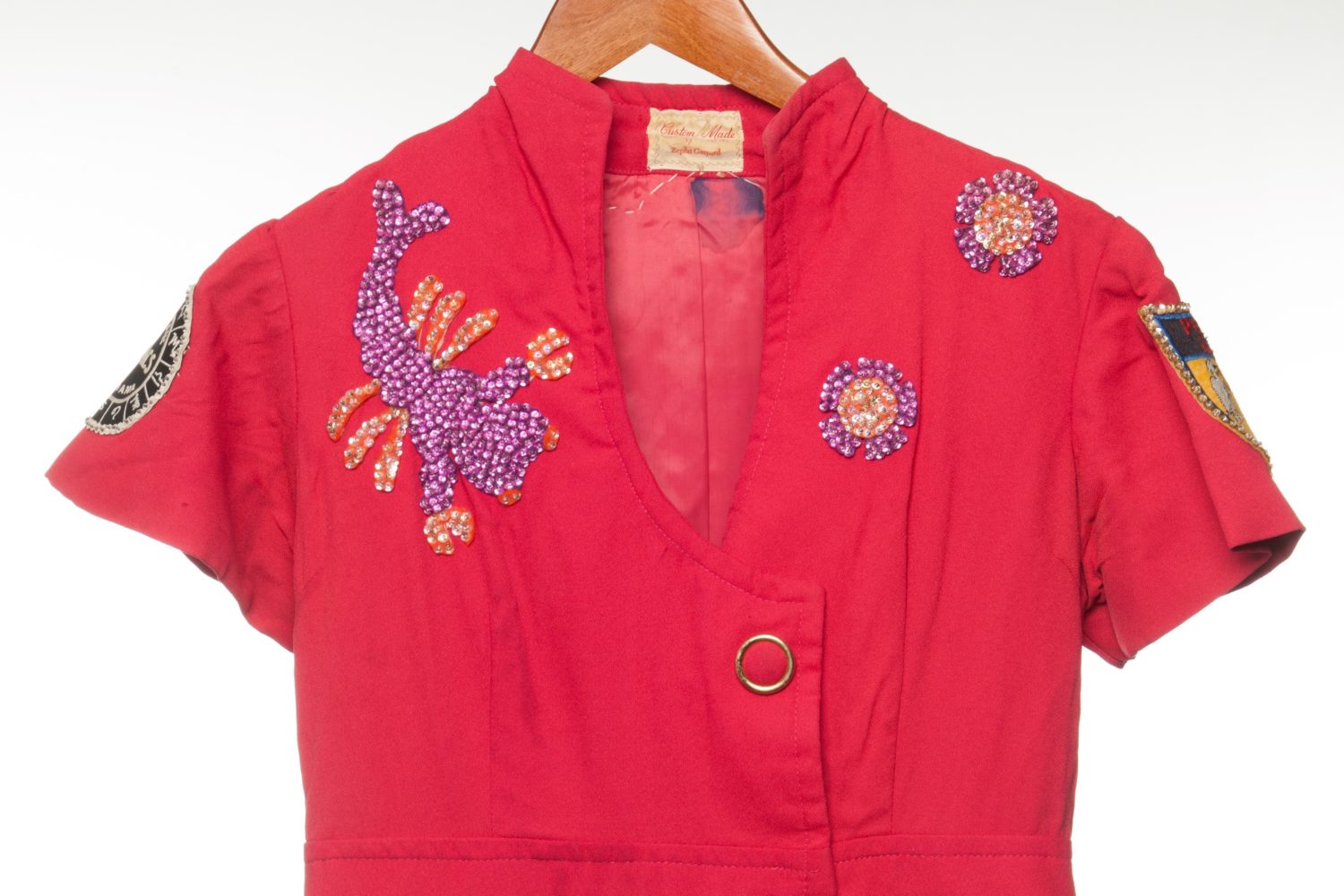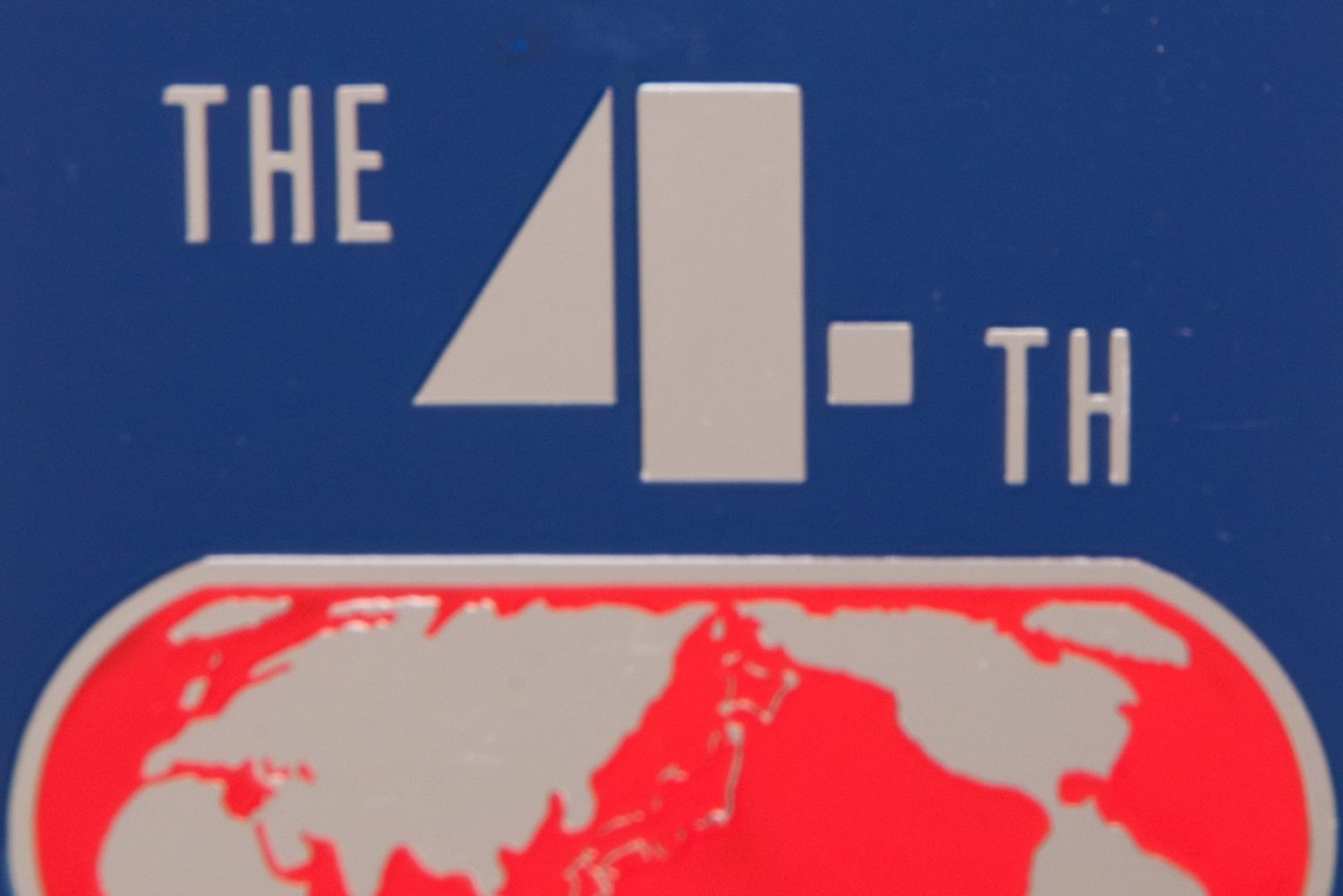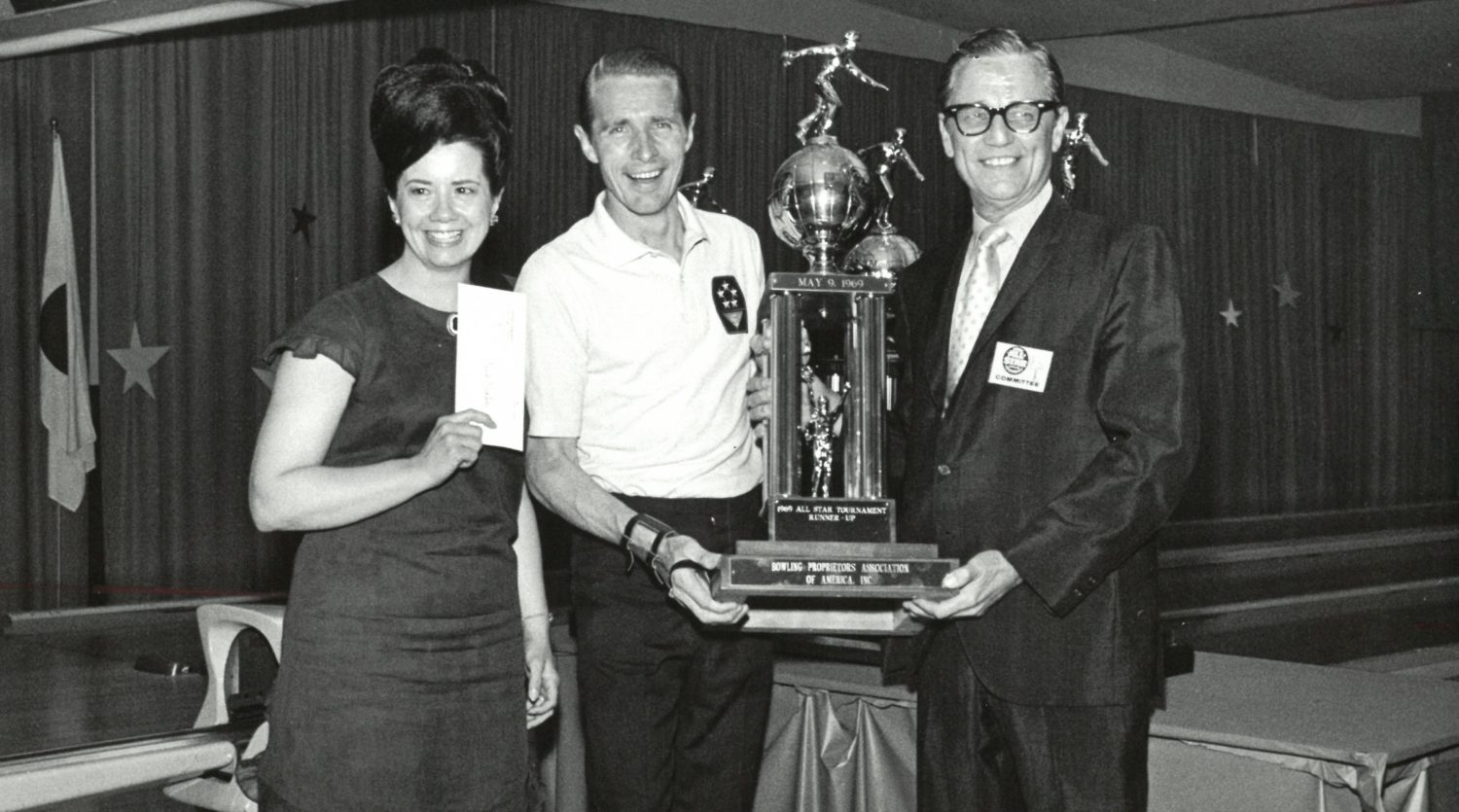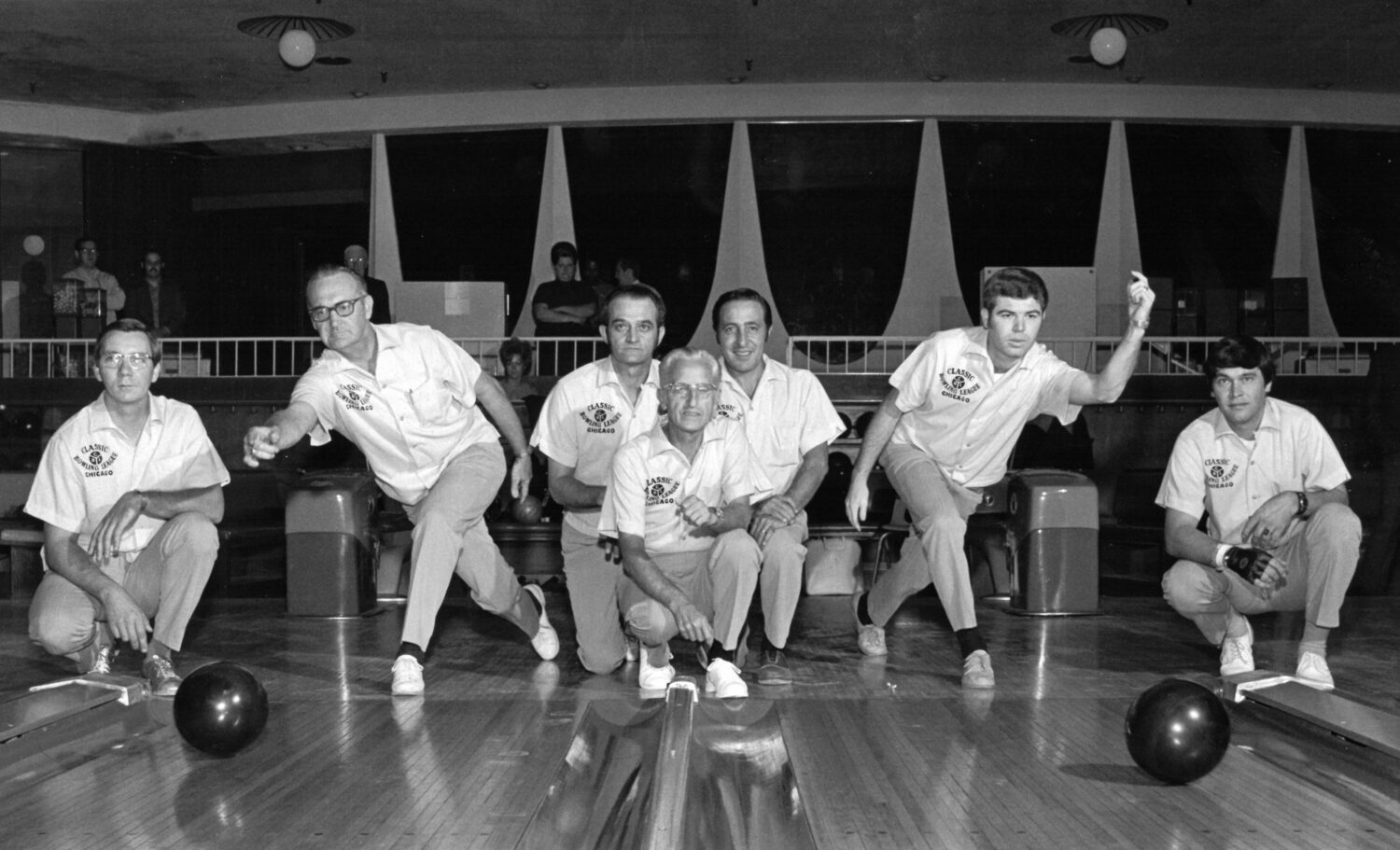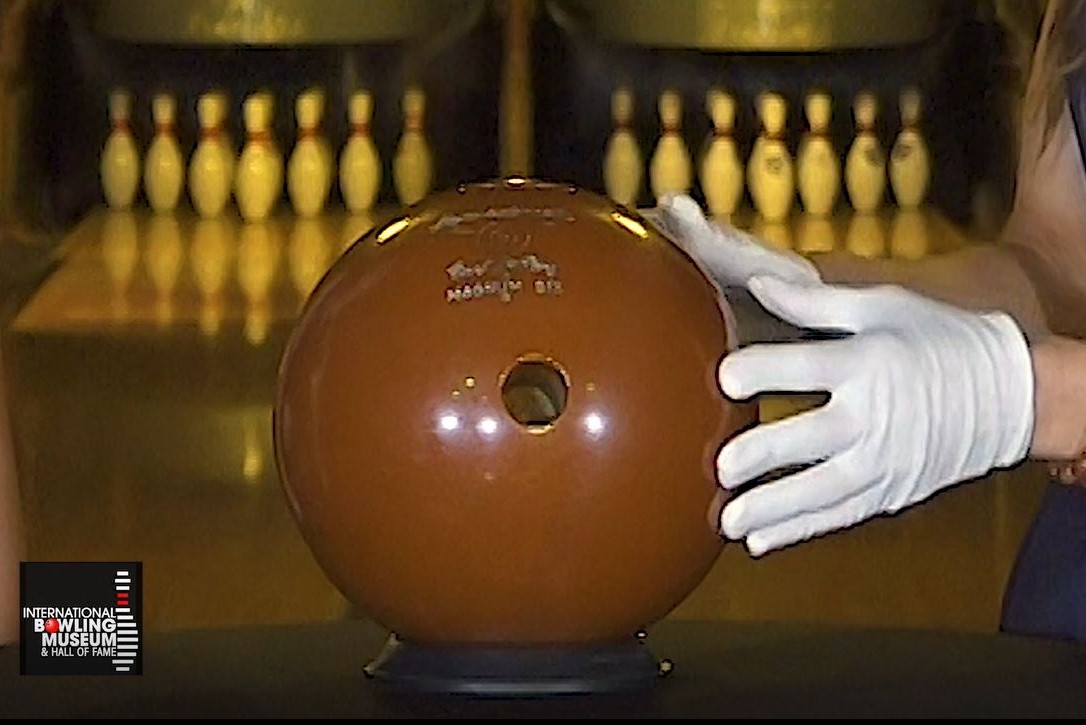Tag Results for
"1970s" - 48 Total Result(s)
item
“BOWLYMPIC” GAMES
A decade before the sport’s appearance at the 1988 Summer Games in Seoul, South Korea bowlers across the nation took home gold medals of their own. The NBC promotional “Bowlympics” energized leagues w ...
item
A BODACIOUS BUTTON
In line with the times, this button touches upon the popular opinion of bowling in America during the 1960s and ’70s! And let’s be honest, this bold symbol would have been right at home among lava lam ...
item
A BVL EVENT
The Bowlers Victory Legion (BVL) was founded in 1942 as a show of support for the war effort. The BVL was supported by the major governing bodies in American bowling. Following the end of World War II ...
item
A MILLION DOLLAR DEAL
Don Carter’s name carried a lot of weight in the bowling world. He had been a champion bowler since the 1950s and was a member of the record-breaking 1958 Budweisers team. It is not difficult to see w ...
item
A PICTURE OF PWBA FASHION
The cover of the official program for the Professional Women Bowlers Association (PWBA) 1973 season showcased the best in women’s bowling fashion. This artist’s rendering shows the typical apparel of ...
item
A SIGN OF THE TIMES
The Zodiacs of New Orleans have been the best-dressed bowling team for 50 years, being well-known for their lavishly themed costumes. At the 1971 Women’s International Bowling Congress tournament, the ...
item
A TAG FOR THE TOURNEY
Bowling became very popular in Japan in the 1960s and 1970s, when nearly 3,700 bowling centers popped up. In 1967, the Japan Professional Bowling Association (JPBA) was founded to serve as the governi ...
item
A WEBER FAMILY AFFAIR
Following the 1969 BPAA All-Star Tournament, Dick Weber and his wife Juanita accepted his runner-up trophy from the event. Weber’s bowling career spanned several decades, marked by remarkable achievem ...
item
AMONG BRAU’S BEST BOWLERS
This Meister Brau Beer men’s bowling team in the 1970s featured, from left to right, Dave Juric, Ed Brosius, Sonny Jovanovich, captain Paul Krumske, Frank Purpura, Dave Wallers and Brian Hirner. Brosi ...
item
ANTHONY CASHES IN
What impressive milestone did bowler Earl Anthony reached with this ball?

